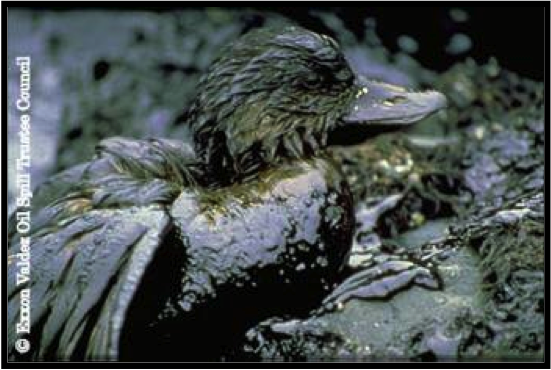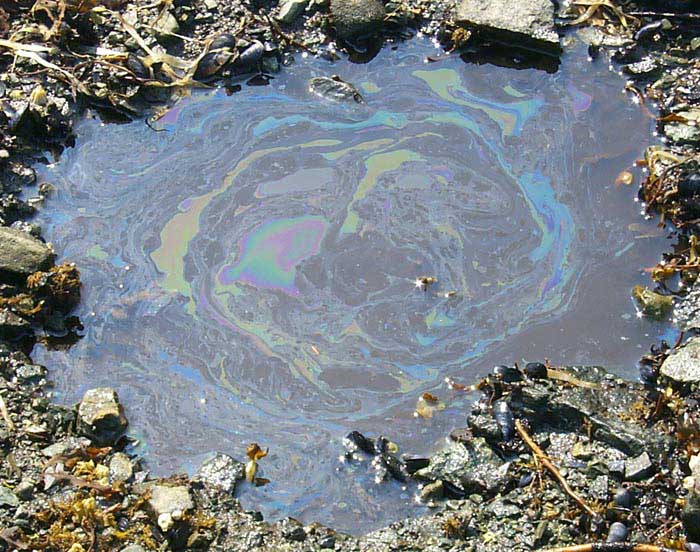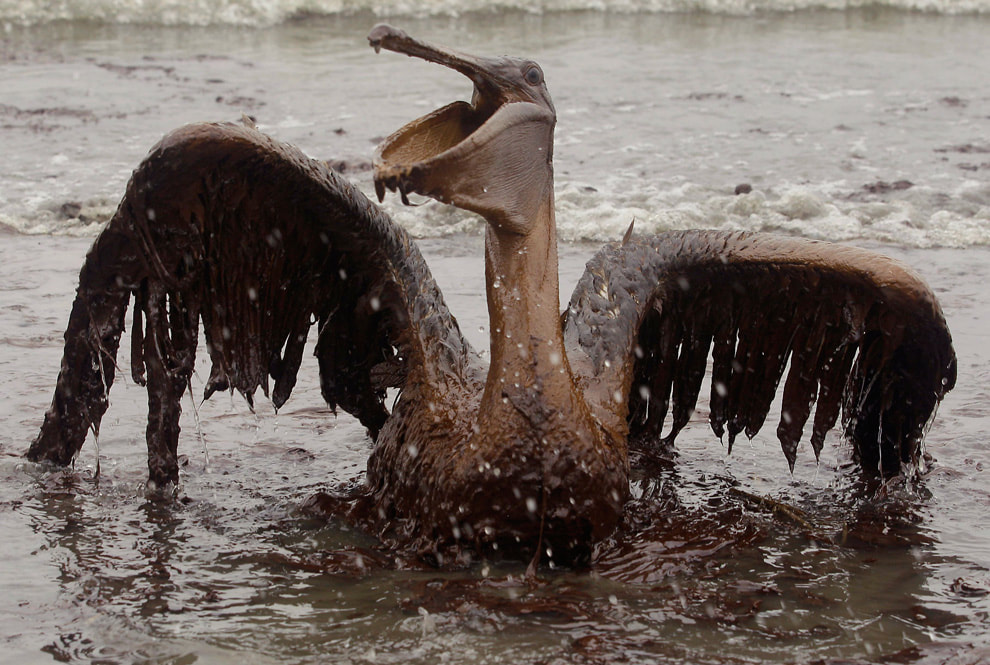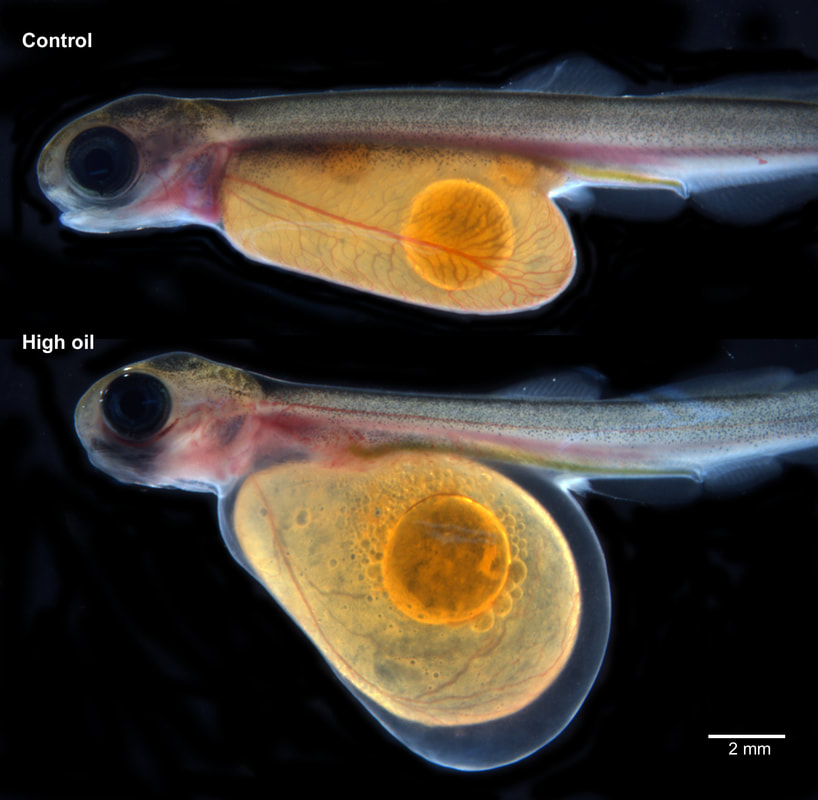Oil's IMPACT ON MARINE MAMMALS
Impact of oil on seabirds
SEABIRDS
Seabirds spend most of their lives on the water, making them particularly vulnerable to the effects of oil pollution. A Canadian government study in 2002 estimated that approximately 300,000 seabirds are killed each year off the Grand Banks as a result of illegal discharges of oil from ships. This study also collected oil from bird plumage in the Atlantic and the North Sea over a 10-year period and found that more than 90 percent was composed of heavy fuel oil mixed with lubricating oil, which is only found in the bilges of large ships.
Seabirds spend most of their lives on the water, making them particularly vulnerable to the effects of oil pollution. A Canadian government study in 2002 estimated that approximately 300,000 seabirds are killed each year off the Grand Banks as a result of illegal discharges of oil from ships. This study also collected oil from bird plumage in the Atlantic and the North Sea over a 10-year period and found that more than 90 percent was composed of heavy fuel oil mixed with lubricating oil, which is only found in the bilges of large ships.
|
Oiled Feathers
Oil is particularly threatening to seabirds because it forms a thin layer on the surface of the water where many seabirds spend most of their time. This means that almost any amount of oil discharged into the water is a threat to seabirds. Seabirds can be affected by external exposure to even small amounts of oil because their feathers absorb oil very readily and decreases the feather’s ability to insulate a seabird from cold waters; it also decreases their waterproofing and buoyancy. It can also destroy the delicate hooks and barbs that normally interlock and keep the water away from a seabird’s skin, exposing it to cold waters and leading to death from hypothermia. Oiled feathers can also severely impact a seabird’s ability to fly and find food, causing it to starve to death. Seabirds may also ingest oil directly while preening their feathers, which can lead to fatal or debilitating effects on seabirds’ internal organs and can cause lesions in their kidneys, livers, and stomachs. Seabirds that consume oil have been found to grow more slowly and show impaired development of flight feathers. An oil spill does not have to be large in order to devastate a bird population. In 1978, the Amoco Cadiz spilled over 220,000 tons of oil off the coast of France, resulting in the death of only 5,000 birds. Two years later, 600 tons of oil spilled in a strait separating Norway from Denmark ultimately killed some 30,000 birds. |
Oil, Eggs and Chicks
Bird eggs are also extremely susceptible to oil pollution and can be damaged by contact with small amounts of oil. Eggs are vulnerable if they are incubating near a shore that is oiled or if their parents have oil on their feathers when they return to the nest. Oiled eggs see decreased hatch rates. Eggs that do hatch often produce offspring with bone and bill deformities as well as with reduced liver sizes and growth rates. Researchers studying a breeding group of South Polar skuas following an oil spill in Antarctica near Palmer Station in 1989 witnessed a 100% mortality rate among chicks. They found that adult skuas that became oiled while hunting for food would travel to freshwater ponds to clean themselves instead of returning immediately to their nesting areas. This delay caused a breakdown in pair coordination, which left chicks unguarded. Within a few weeks after the spill, every chick in the colony was dead, killed by other skuas, despite never coming into direct contact with oil. |
Impact of Oil on Fish
When a large-scale spill happens, most fish avoid being smothered by simply swimming away. However, there is some evidence that fish can be drawn to oil floating on the surface of the water, perhaps in an attempt to hide in the shadows from predators. If oil coats the gills of these fish, they can die from asphyxiation.
Fish that are exposed to smaller amounts of oil often develop fin erosion, skin sores, liver damage, and cancer, and they can also bioaccumulate dangerous chemicals known as PAHs. In addition, they tend to produce fewer eggs, impacting future generations.
Bioaccumulation occurs when an organism survives exposure to a toxic agent but retains high concentrations of the toxin in their bodies. When humans or wildlife consume fish contaminated with high levels of PAHs, they are also exposed to the dangers of those toxins.
Fish that are exposed to smaller amounts of oil often develop fin erosion, skin sores, liver damage, and cancer, and they can also bioaccumulate dangerous chemicals known as PAHs. In addition, they tend to produce fewer eggs, impacting future generations.
Bioaccumulation occurs when an organism survives exposure to a toxic agent but retains high concentrations of the toxin in their bodies. When humans or wildlife consume fish contaminated with high levels of PAHs, they are also exposed to the dangers of those toxins.
Researchers at the National Oceanographic and Atmospheric Administration reported recently that direct contact with oil is not required for PAHs (the toxins in oil) to harm fish and other living organisms in the marine environment. They showed that exposure to even small concentrations of dissolved PAHs (as little as one part per billion of water) caused the death of pink salmon embryos. Other studies have shown that exposures to PAH concentrations as low as .7 parts per billion caused developmental malformations and genetic damage, decreased size at hatching, impaired swimming, and even death.



